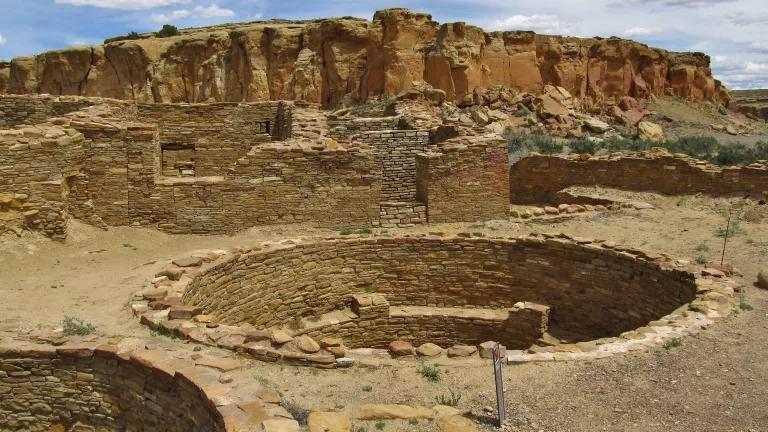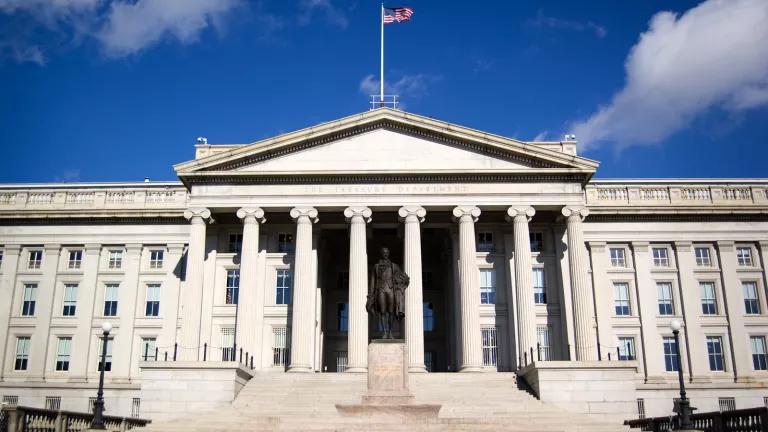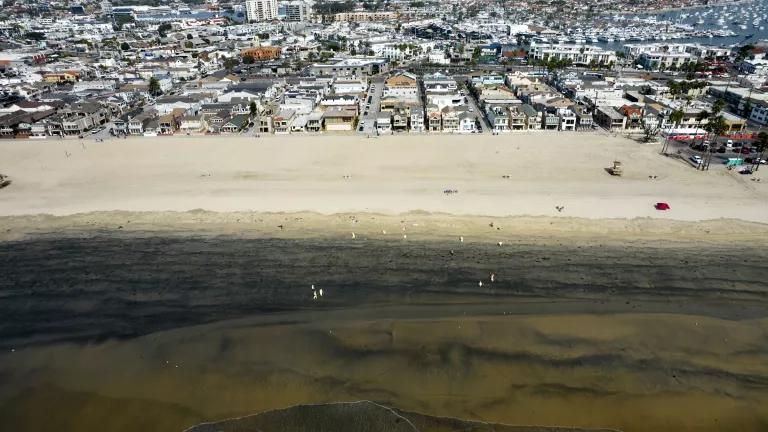Haaland Takes Important Step to Protect Sacred Chaco Canyon from Fossil Fuel Extraction
The move is a major win in the larger fight to safeguard the Greater Chaco region, but permanent protection is still needed.
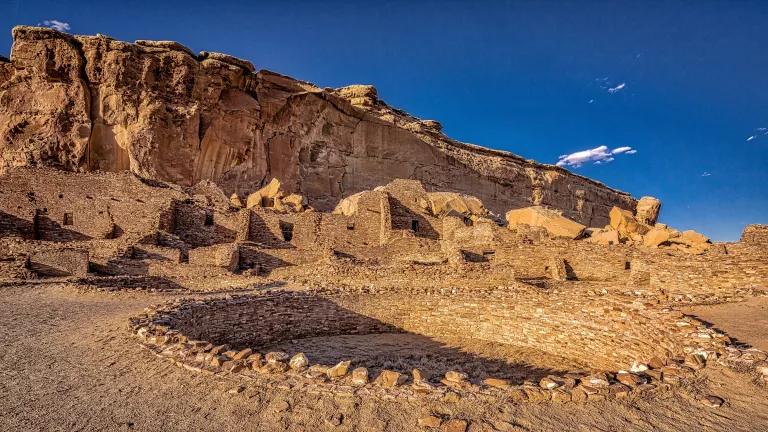
Pueblo Bonita, the largest great house in Chaco Culture National Historical Park, was planned and constructed in stages between AD 850 to AD 1150 by ancestral Puebloan Peoples.
Mobilus in Mobili via Flickr, CC BY-4.0
President Biden and U.S. Interior Secretary Deb Haaland announced today a critical proposal to protect an area around New Mexico’s Chaco Culture National Historical Park from new federal oil and gas leasing and drilling.
For years, tribal leaders and environmental advocates have resisted fossil fuel exploitation in the region—a landscape of mountains, mesas, and ancestral sites replete with cultural resources significant to Pueblos, the Navajo Nation, and other tribal nations and Native communities. Due in large part to a boom in the use of horizontal drilling and fracking technologies, oil and gas companies have encroached closer to Chaco Canyon, filling the area with industrial development, bringing more air and water pollution, and increasingly impacting nearby frontline communities.
“Today’s announcement is the result of continuous prayers and the commitment to steward mother earth, our Sacred Trust,” said Wilfred Herrera Jr., chairman of the All Pueblo Council of Governors and a former governor of Laguna Pueblo, in a statement. “We cannot sustain our Sacred Trust when sacred sites like Chaco are destroyed—as the region is quintessential to our very existence.”
Significant fossil fuel leasing has taken place in the region since 2003, and the Bureau of Land Management continues to issue permits to drill without analyzing the environmental impacts of fracking, such as implications for water supplies, air and water quality, community health, cultural resources, and the climate. NRDC and our coalition partners successfully challenged some of these permits in court, yet the Bureau was considering granting more than 3,000 new wells in the area.
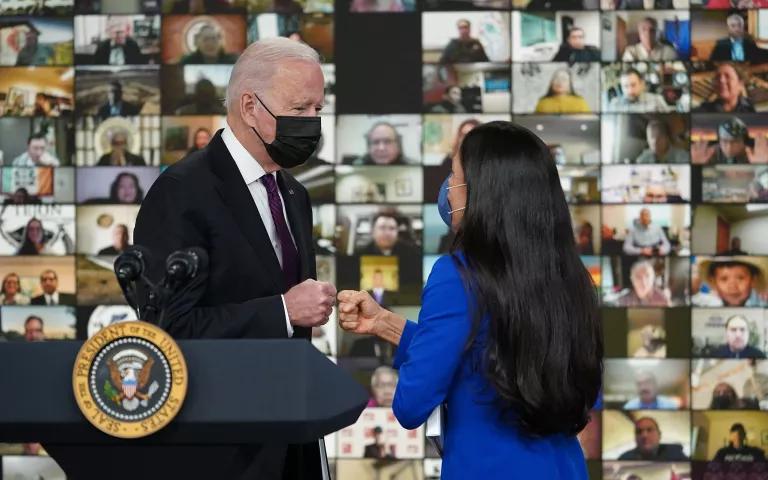
President Biden and Interior Secretary Deb Haaland during a Tribal Nations Summit in Washington, D.C., where they announced the proposed oil and gas drilling ban in the the Greater Chaco region in New Mexico, November 15, 2021
Now, under the proposed protections announced by Secretary Haaland, federal lands would be withdrawn from new oil and gas leasing for 20 years within a 10-mile radius around Chaco Culture National Historical Park while the Bureau conducts a more thorough environmental review, solicits public comments, and consults with tribes on the impacts.
The Greater Chaco region was once the cultural center for Puebloan life, serving as a vibrant center for trade, as well as religious and political activities, from AD 850 to AD 1250. Archaeological research in the park has yielded more than 1.5 million artifacts and archival documents that highlight its notable history.
Some of the lands are protected within the Chaco Culture National Historic Park, which was designated as a UNESCO World Heritage Site, one of only two dozen such sites in the country. But hundreds of miles of culturally significant lands in the Greater Chaco region across the central San Juan Basin remain unprotected.
“Polluters have for too long had their way with this sacred region,” says Alison Kelly, a senior attorney for lands at NRDC. “We cannot afford to sacrifice regions like Greater Chaco to the fossil fuel industry if we want to try to avoid the worst effects of climate change.”

